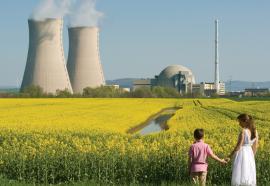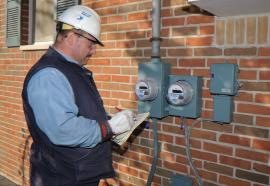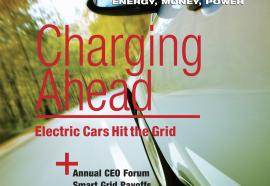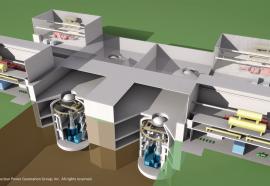Blue Ribbon Mission
Can a broadly based committee resolve the nuclear waste dilemma?
The Department of Energy assembled an all-star Blue Ribbon Commission on America’s Nuclear Future. With such political and industry heavyweights as Brent Scowcroft, Lee Hamilton and John Rowe, the commission must be taken seriously. But can a broadly focused committee finish the decades-long battle to close the nuclear fuel cycle?











